IG’s performance affects TES’s draw pool! World Championship patch changes revealed: BLG and GEN strengthened simultaneously?
League of Legends S15 World Championship, patch 25.20, has been deployed on the test server. Orianna, a favored pick in competition, has her W ability base damage lowered by 40 at max level. Despite a 10% boost in AP scaling, the overall reduction is substantial. Azir’s W skill suffers early reductions in AP scaling, cooldown, and additional damage, but improves in the late game, making his lane presence less strong than previously.
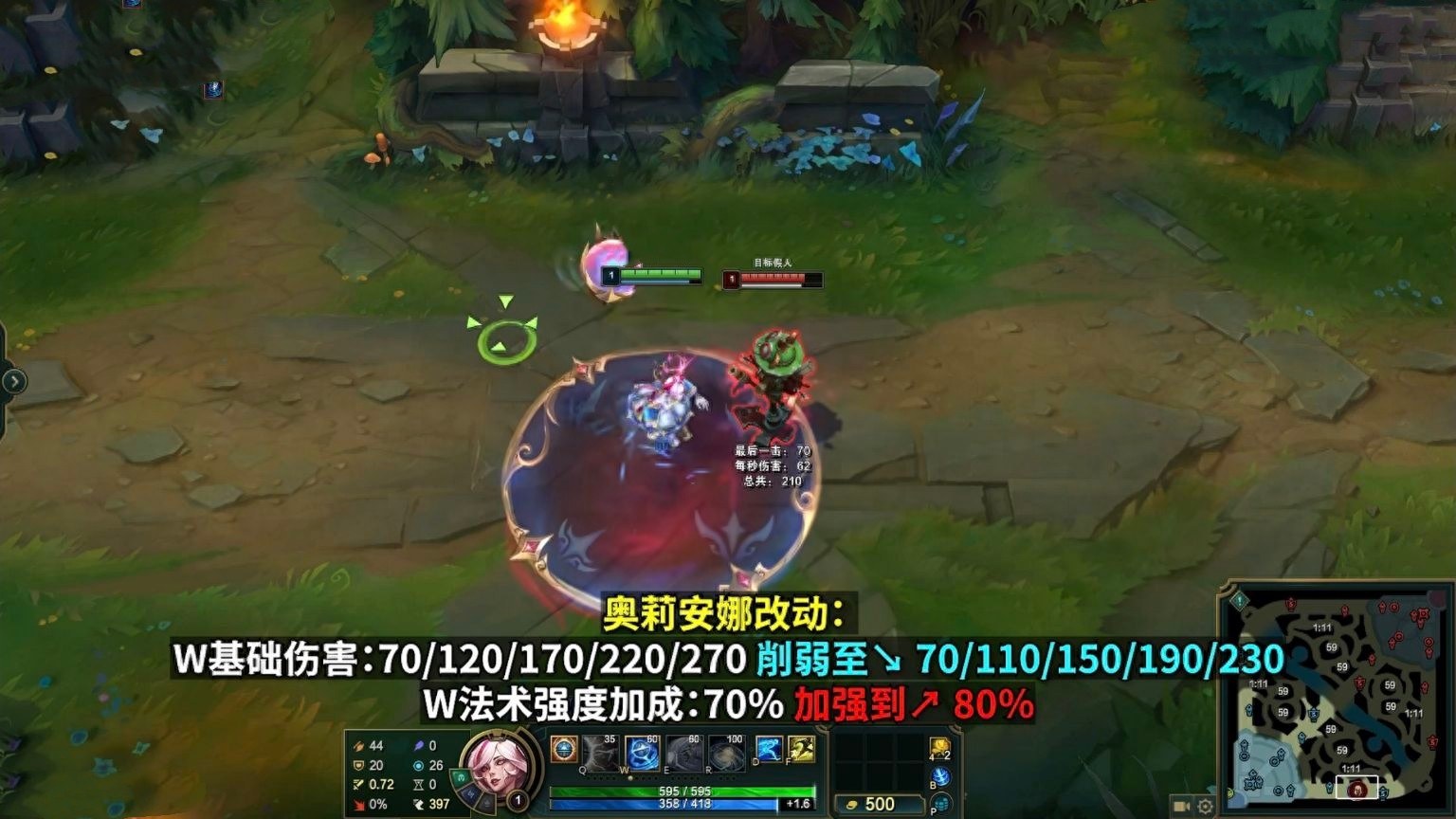
Top lane Camille has reduced growth armor, a shorter cooldown on W, and increased base damage. Skilled players with high W hit rates can gain better trading advantages early. Additionally, Pantheon’s jungle clear speed has improved, and Graves’s Q damage is increased. These two champions are expected to see higher pick rates. Meanwhile, Wukong’s Q, W, and E abilities are all nerfed, lessening his impact in the jungle and likely dropping him out of the meta.
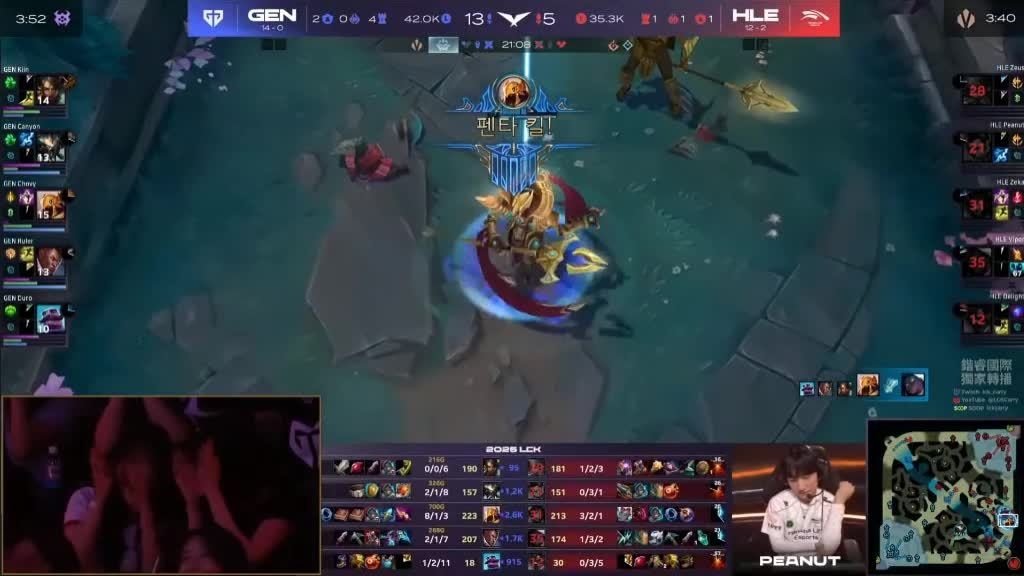
Patch benefits for BLG and GEN?
Both Azir and Orianna are champions well mastered by the four main mid laners in LCK. Our region’s Orianna players are decent, but Azir players are average. The nerfs might actually benefit the LPL, though Azir’s late-game strength is enhanced compared to before, making him tough to deal with if the game drags on. Camille in the top lane is Bin’s signature pick, and with previous buffs to his weapons, this patch suits BLG well.
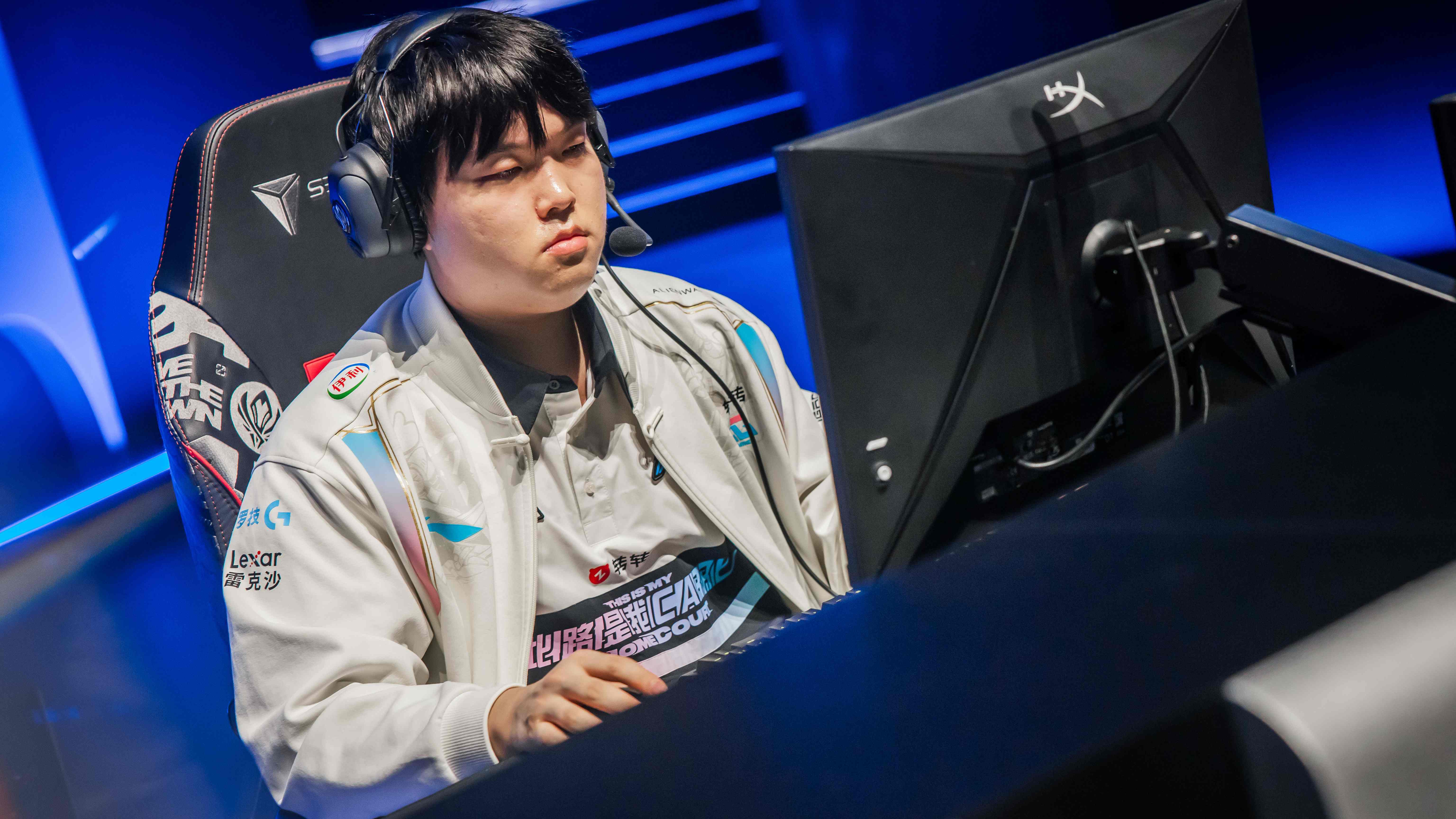
GEN is also strong this patch. Their players have almost no gaps in their champion pools, so nerfs don’t affect them much. For Top Esports, Azir’s nerf is good news; their player “Little Cream” lacks enough proficiency, so using him was risky. Now with the nerf, RedMi’s draft pressure is eased. As for other teams, it’s hard to say. With Faker losing Azir, this should be good news for IG in the play-in stage.
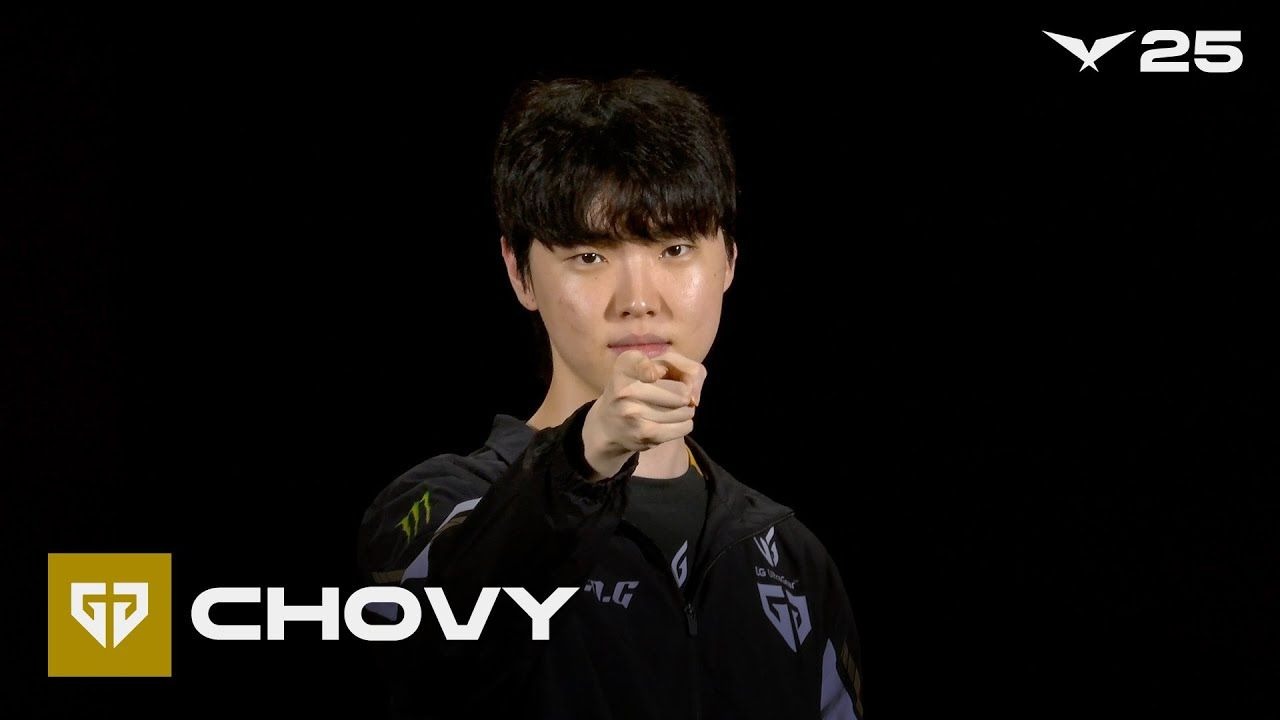
IG’s results affect TES’s draw pool
Besides the patch, Riot has announced the S15 Swiss stage draw rules. The number one seed faces the number three seed, while the number two seeds battle among themselves. First round matches avoid same-region clashes. The winner between T1 and IG in the play-in will enter the number three seed pool, which also impacts their region. For example, if IG beats T1, IG moves into the number three seed pool, and TES advances to the number two seed pool.
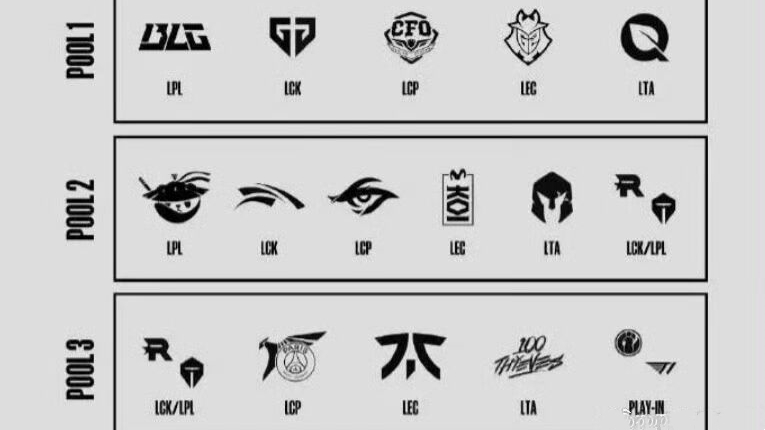
The pressure in the number three seed pool is much higher than in the number two seed pool, since they face the top seeds from other regions. Facing a team like GEN usually means a likely loss. The number two seed pool is different, with six teams of similar strength, and same-region avoidance makes securing the first win easier. Now it depends on whether IG can win their match to advance to the Swiss stage and push TES into the number two seed pool.
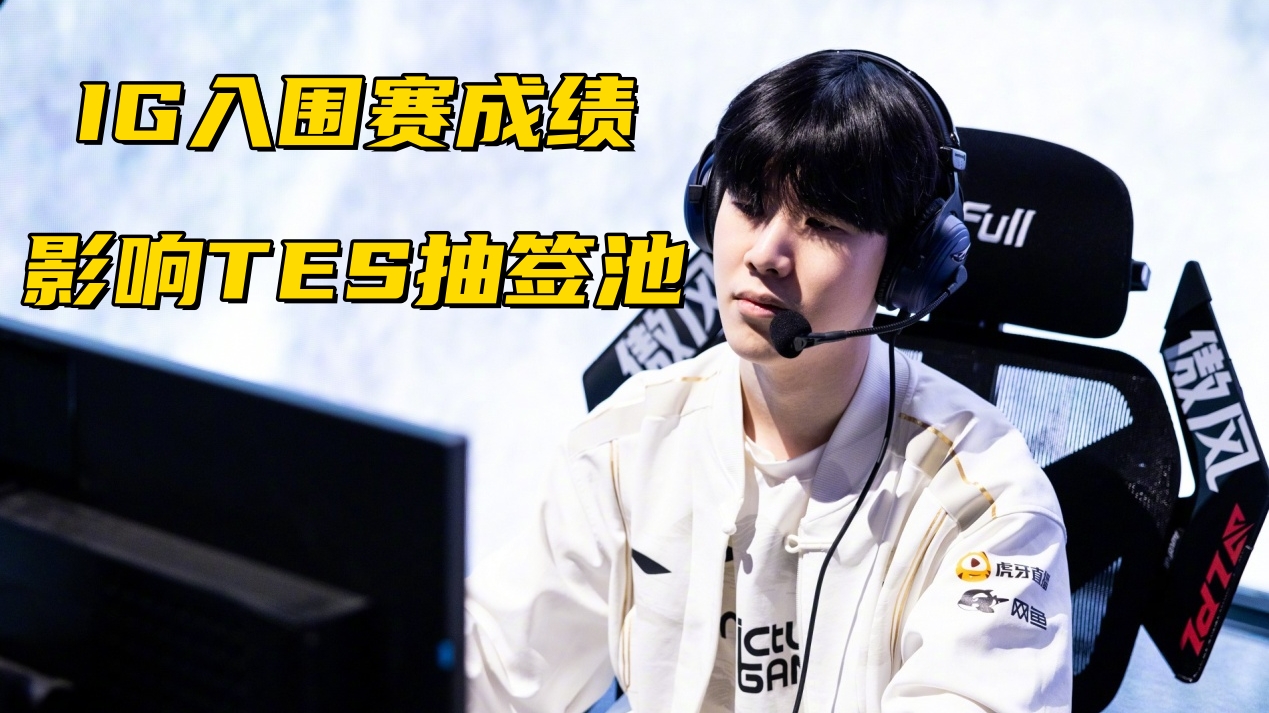
GEN receives luxury tax relief
LCK media recently reported that after GEN won the LCK championship, they qualified for luxury tax relief, meaning their expenses next year will decrease to some extent. The roster is expected to remain stable. The LCK’s salary cap relief is interesting: players who accumulate 5 points in the league (3 for a championship) or 4 points internationally (6 for an international title) are officially recognized as high-achieving players.
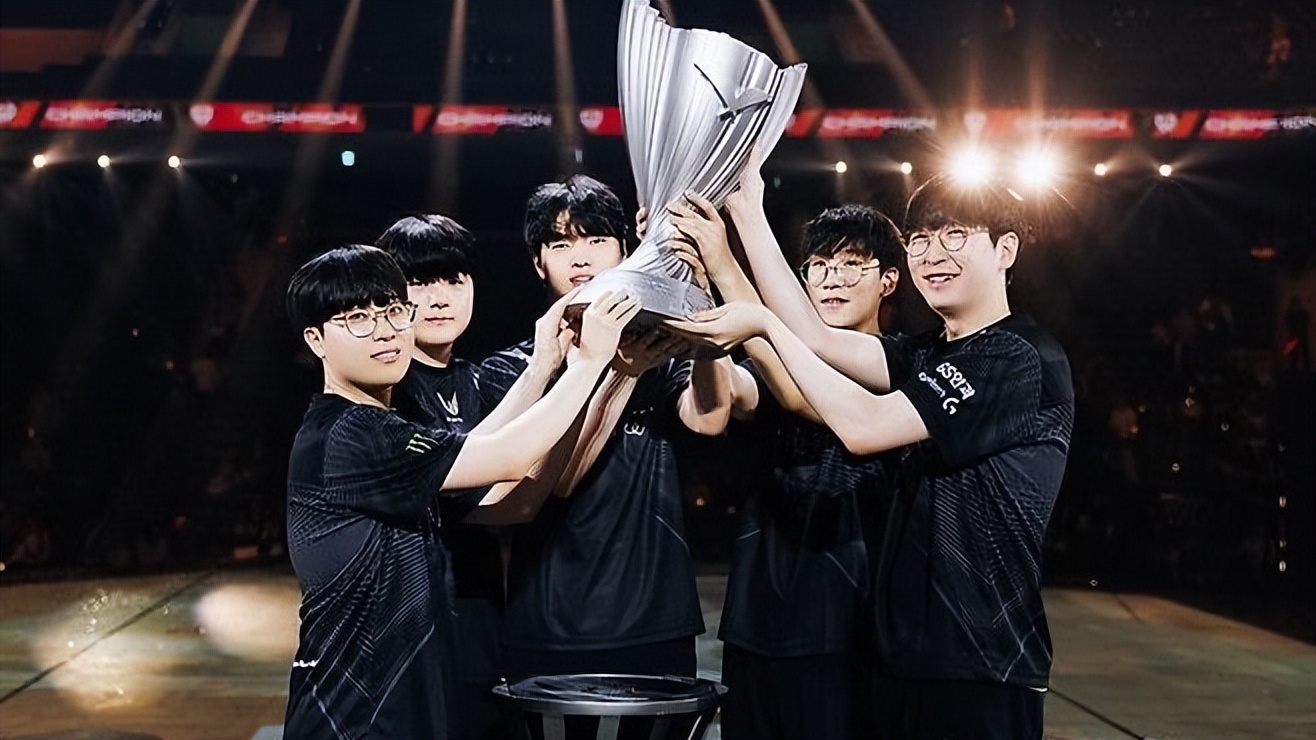
Such players’ salaries count as only 50% against the team’s salary cap. For example, Chovy’s 10 million annual salary counts as just 5 million towards GEN’s cap. This rule directly lowers the extra costs top teams pay when signing five star players, essentially encouraging player clustering. Both Chovy and Ruler have contracts through 2027, so GEN will remain strong for years to come.
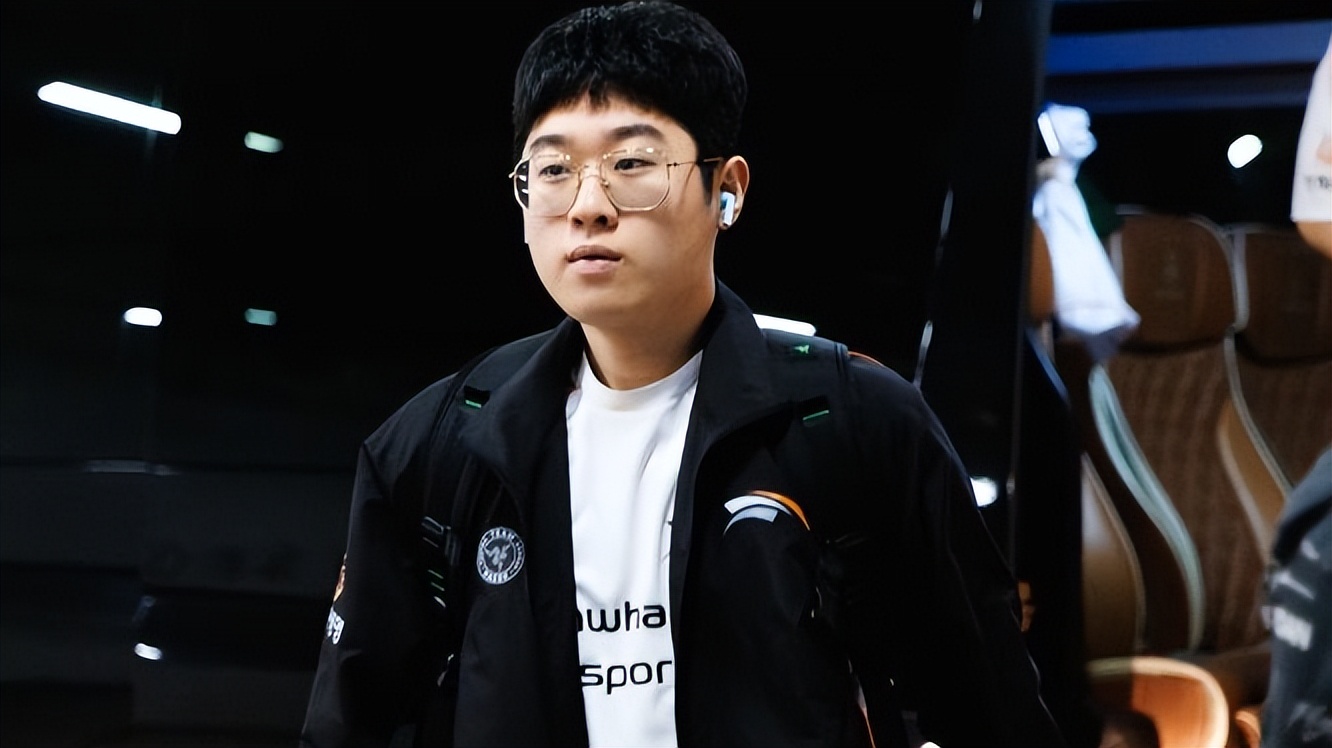
Conclusion:
IG faces significant pressure at this year’s World Championship. If they beat T1 and enter the number three seed pool, they have a 25% chance in the first Swiss round to face GEN. Though it’s early to predict, patch changes give IG a slight edge over T1. Hopefully, IG can defeat T1 and advance to the Swiss stage.
What do you think — can TES move up to the number two seed pool?
Feel free to leave your thoughts in the comments!

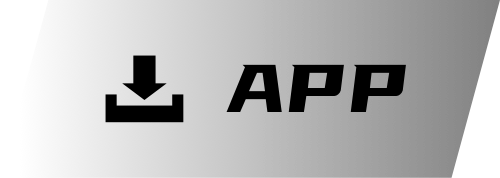





 Links
Links
 Contact
Contact
 App
App


